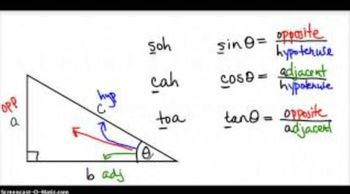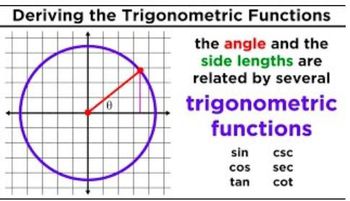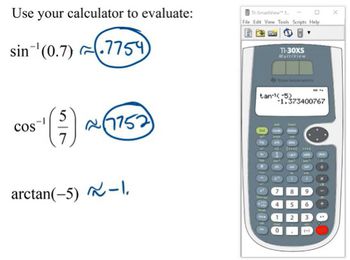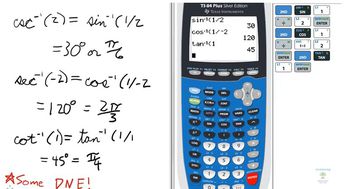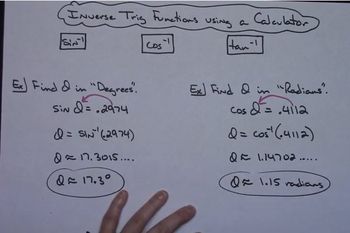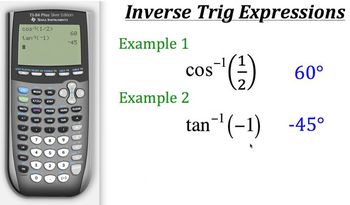Table of contents
- 0. Review of College Algebra4h 43m
- 1. Measuring Angles39m
- 2. Trigonometric Functions on Right Triangles2h 5m
- 3. Unit Circle1h 19m
- 4. Graphing Trigonometric Functions1h 19m
- 5. Inverse Trigonometric Functions and Basic Trigonometric Equations1h 41m
- 6. Trigonometric Identities and More Equations2h 34m
- 7. Non-Right Triangles1h 38m
- 8. Vectors2h 25m
- 9. Polar Equations2h 5m
- 10. Parametric Equations1h 6m
- 11. Graphing Complex Numbers1h 7m
2. Trigonometric Functions on Right Triangles
Trigonometric Functions on Right Triangles
Problem 10c
Textbook Question
Textbook QuestionIn Exercises 9–16, use the given triangles to evaluate each expression. If necessary, express the value without a square root in the denominator by rationalizing the denominator.

tan 30°
 Verified Solution
Verified SolutionThis video solution was recommended by our tutors as helpful for the problem above
Video duration:
1mPlay a video:
Was this helpful?
Key Concepts
Here are the essential concepts you must grasp in order to answer the question correctly.
Tangent Function
The tangent function, denoted as tan(θ), is a fundamental trigonometric ratio defined as the ratio of the length of the opposite side to the length of the adjacent side in a right triangle. For example, in triangle PQR, tan(30°) can be calculated using the lengths of the sides opposite and adjacent to the 30° angle.
Recommended video:

Introduction to Tangent Graph
Special Right Triangles
Special right triangles, specifically the 30-60-90 triangle, have known side ratios: the side opposite the 30° angle is half the hypotenuse, and the side opposite the 60° angle is √3 times the shorter leg. In triangle PQR, the sides are labeled 1 (opposite 30°), 2 (hypotenuse), and √3 (opposite 60°), which helps in easily determining trigonometric values.
Recommended video:

45-45-90 Triangles
Rationalizing the Denominator
Rationalizing the denominator is a mathematical process used to eliminate square roots or irrational numbers from the denominator of a fraction. This is often done by multiplying the numerator and denominator by a suitable value that will result in a rational number in the denominator, ensuring the expression is in a standard form.
Recommended video:

Rationalizing Denominators

 6:4m
6:4mWatch next
Master Introduction to Trigonometric Functions with a bite sized video explanation from Nick Kaneko
Start learningRelated Videos
Related Practice







